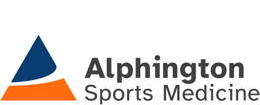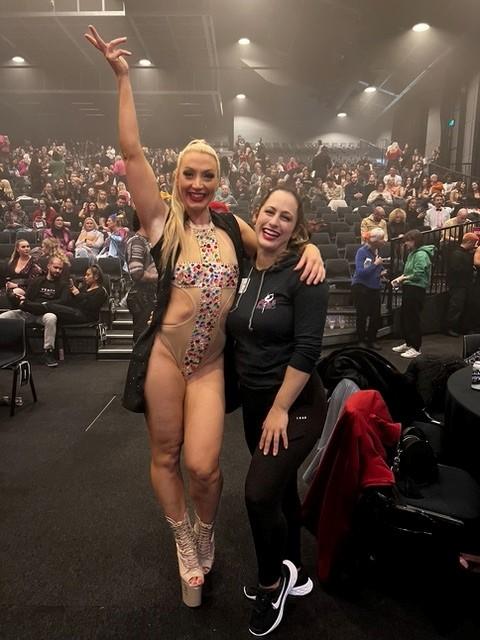Physiotherapist Simone Muscat has just returned from Sydney where she supported the performers at Pole Icon, which she said is "the biggest event on the pole calendar”.
Upon her return she took some time to tell us a little about the experience at the event, and her work with these talented performers . . .
How and when did you become involved with Pole & Aerial Performers?
I had my first introduction to the pole and aerial industry 8 years ago when I was studying for my masters and working with a few football clubs at the time. It wasn’t until a few years later that I started to understand the complexities of these artforms and begun to focus on treating performers within these industries.
What does your role at Pole & Aerial competitions entail / what is the day-to-day like for you at these events?
My role on the day is primarily physio/first aid to the performers, but naturally you end up being so much more. From helping out with props/backstage setup, to being a friendly face or shoulder for the performers, or even amateur seamstress! I’ve found no two competitions are ever the same. My day on a comp will start when the tech runs commence, usually around 10 or 11am in the morning and will run well past midnight.
What do you find most enjoyable about this work?
One of the most enjoyable aspects is the appreciation from the competitors and staff when the day is done. Unlike major sporting codes, pole and aerial is a niche industry that often lacks funding and access to high level sports medicine care. Personally, I enjoy the challenge of raising the expectations of care within the industry and delivering on this at each competition. My personal goal for the industry is that every pole and aerial competition will have dedicated first aid/medical care on site for the performers within the next 3 years. This year I’m working 80% of the big competitions so we are well on our way!
And what do you find the most challenging about it?
The most challenging aspect physically would have to be the travel as a solo person. Most of the major pole competitions are held in Sydney so lugging 50kg worth of medical and personal equipment back and forth over a weekend can be exhausting! Otherwise, the day itself is incredibly enjoyable and personally rewarding.
What are the differences between pole & aerial performers, and the Physiotherapy support you provide them?
All competitions require an extreme level of athleticism so there isn’t too much of a difference between the level of support provided to pole and aerial performers, however each competition may have slight differences. Some competitions may have a heavy dance influence or gymnastics/tricks focus, so each competition may have unique challenges that arise in regards to injury or medical care. For example: some pole competitions can have poles over 5m tall, so considerations about spinal injuries are in place for these competitions compared to some lyra comps that may only be 2m off the ground.
How does this differ from other sports you are involved in / athletes you have worked with?
The key difference to past sporting experiences is that in each pole/aerial competition I’m treating athletes I may have never met or treated before. With other sports you are often aligned with a team and get to know the individuals quite well over the space of a season. So, each time I meet a competitor I’m working hard to build rapport and a foundation of trust in a short space of time that will both allow the athlete to feel comfortable and safe, and allow me to perform my duties effectively. When working with a team, I find rapport with the athletes naturally develops throughout pre-season and they build a trust for you along the way.
How do you feel these experience will help you in treating your patients at Alphington Sports Medicine Clinic?
The pole/aerial industry is a unique and diverse world that I am so grateful to be a part of. I often enjoy treating the unexpected, and pole/aerial does tend to throw the unexpected my way. This niche area has helped me to further develop my passion for treating individuals with hypermobile spectrum disorders and complex shoulder and hip injuries. Additionally, this experience has allowed me to further delve into my passion for elite level strength and conditioning and contortion or flexibility style training, as well as ensure there is gender inclusive care within our broader community.
What are some of the other events you are working at later this year and what are you looking forward to about them?
Over the next few months, I’m thrilled to be travelling all around Australia with Miss Lyra and Miss Pole Dance state heats and national finals. I’ll also be heading to NSW in a few weeks’ time for the Australian Pole and Aerial Championships and again in August for the Australian Pole Art Champions. Then my year finishes off with two of the biggest events on the Calendar: Miss Pole Dance Australia and Exotic Generation Championships. The pole and aerial competition season is all year round, but certainly the next three months are the most intense with a different competition and state location every weekend.
For more information about Simone Muscat, or to book an appointment, go to: www.alphingtonsportsmed.com.au/practitioners#simone-muscat






